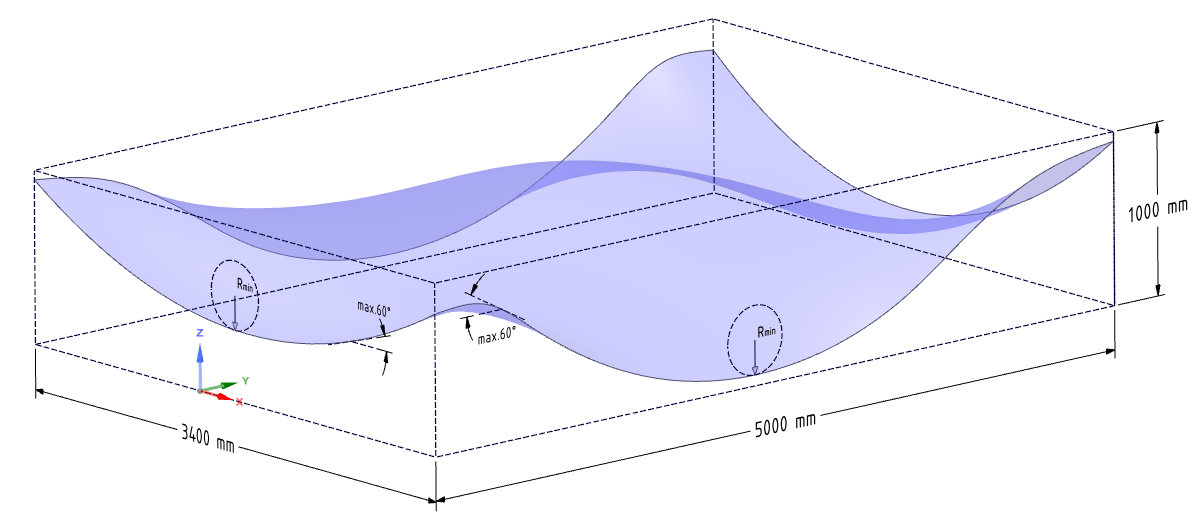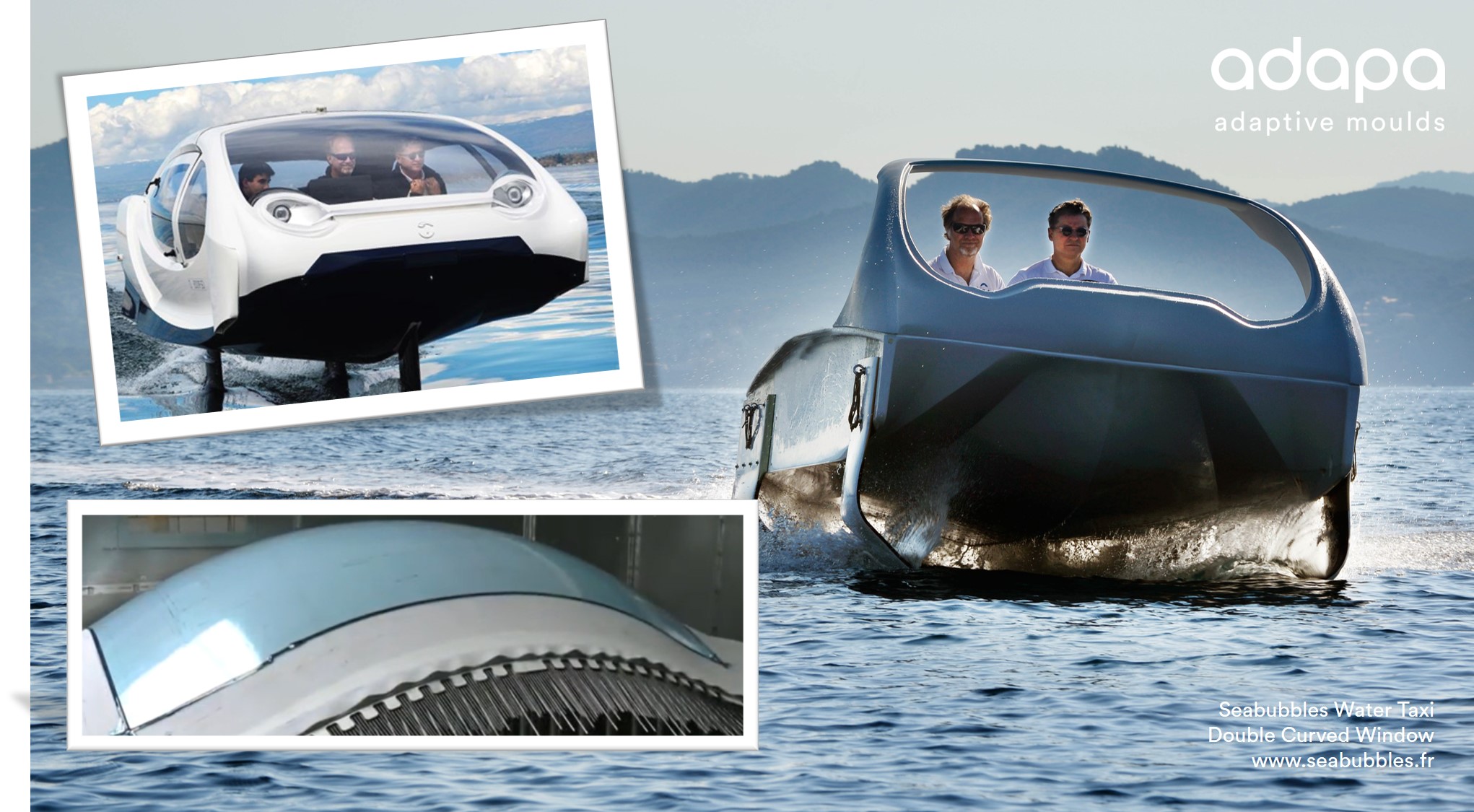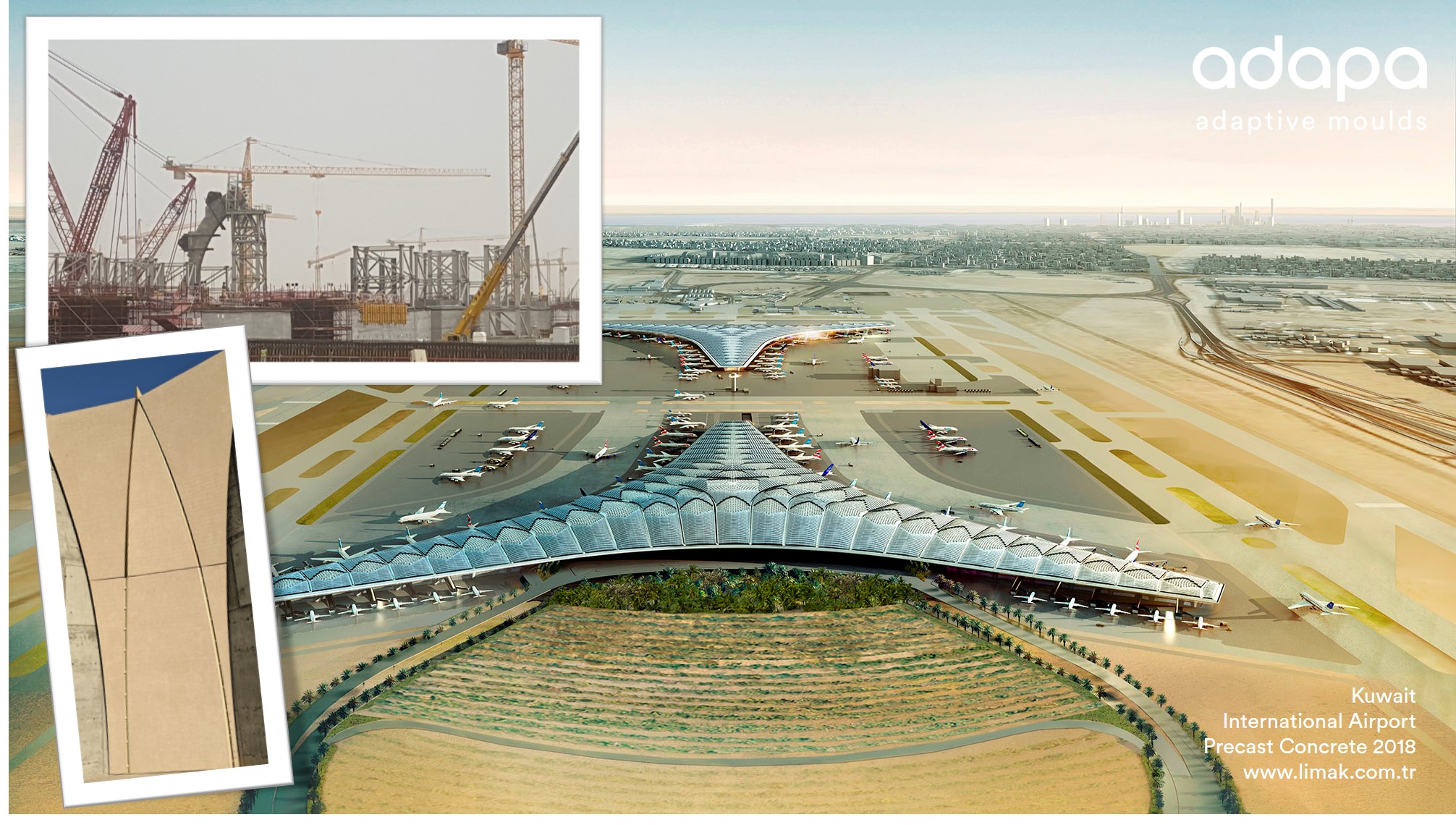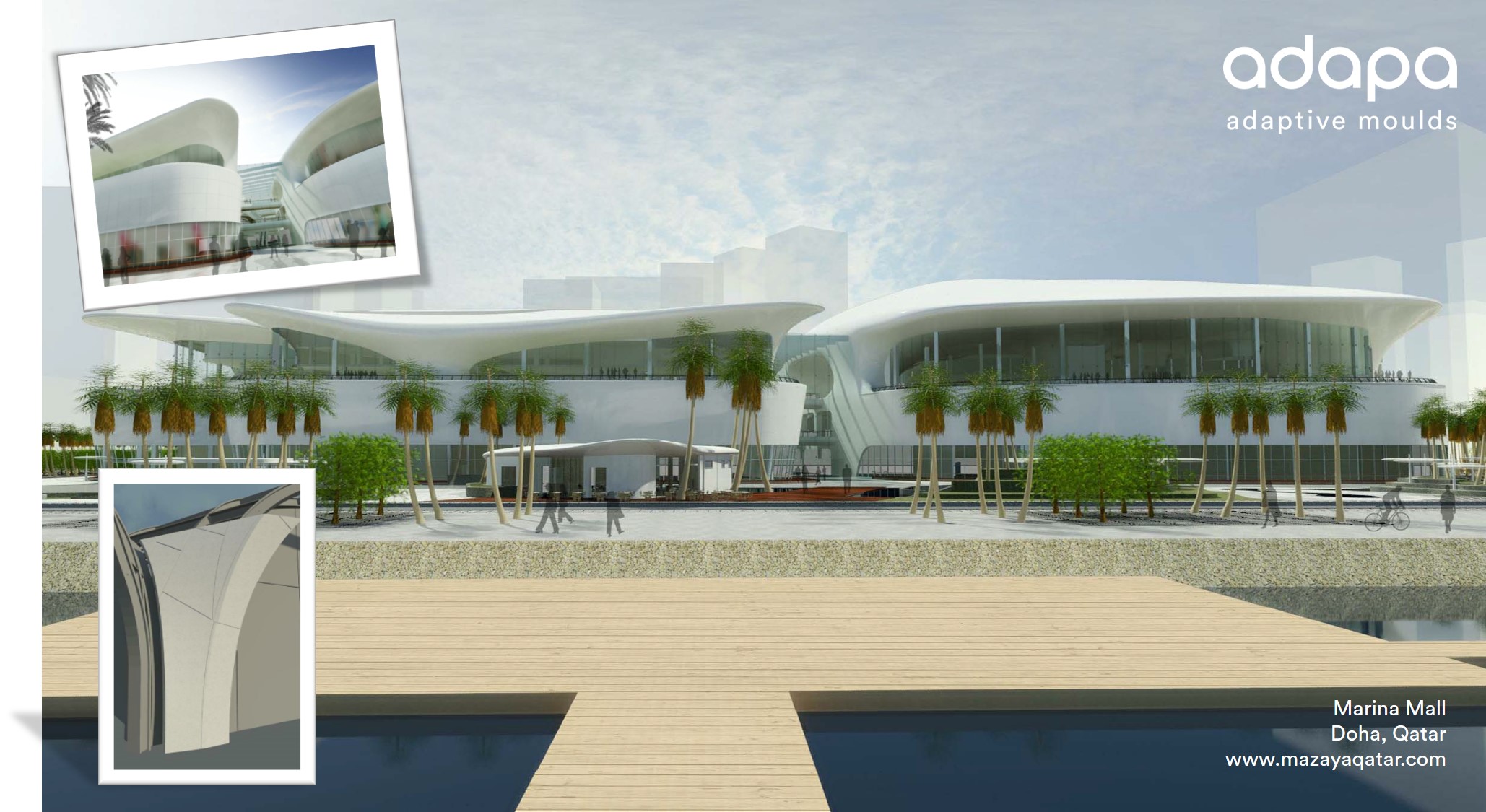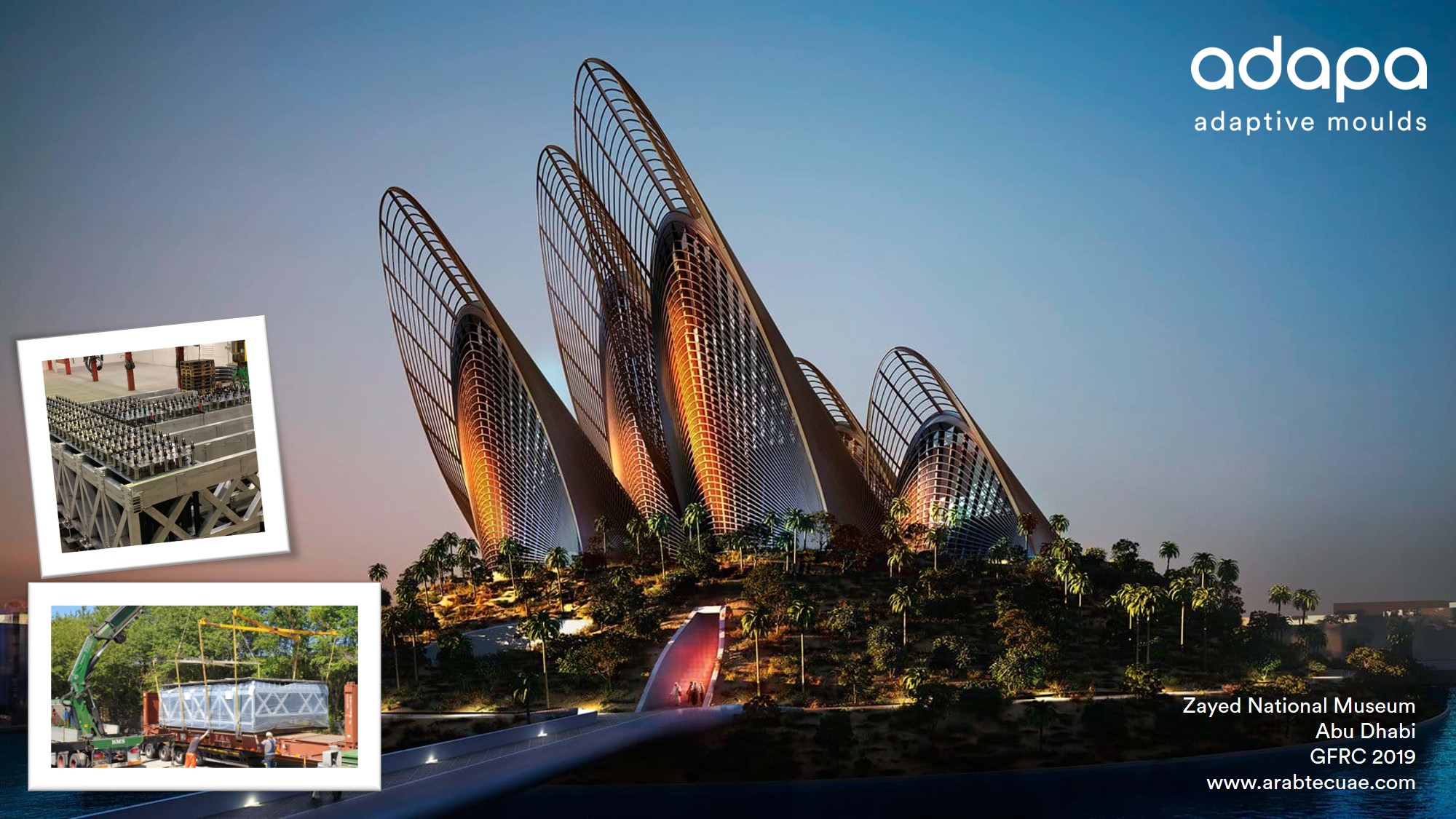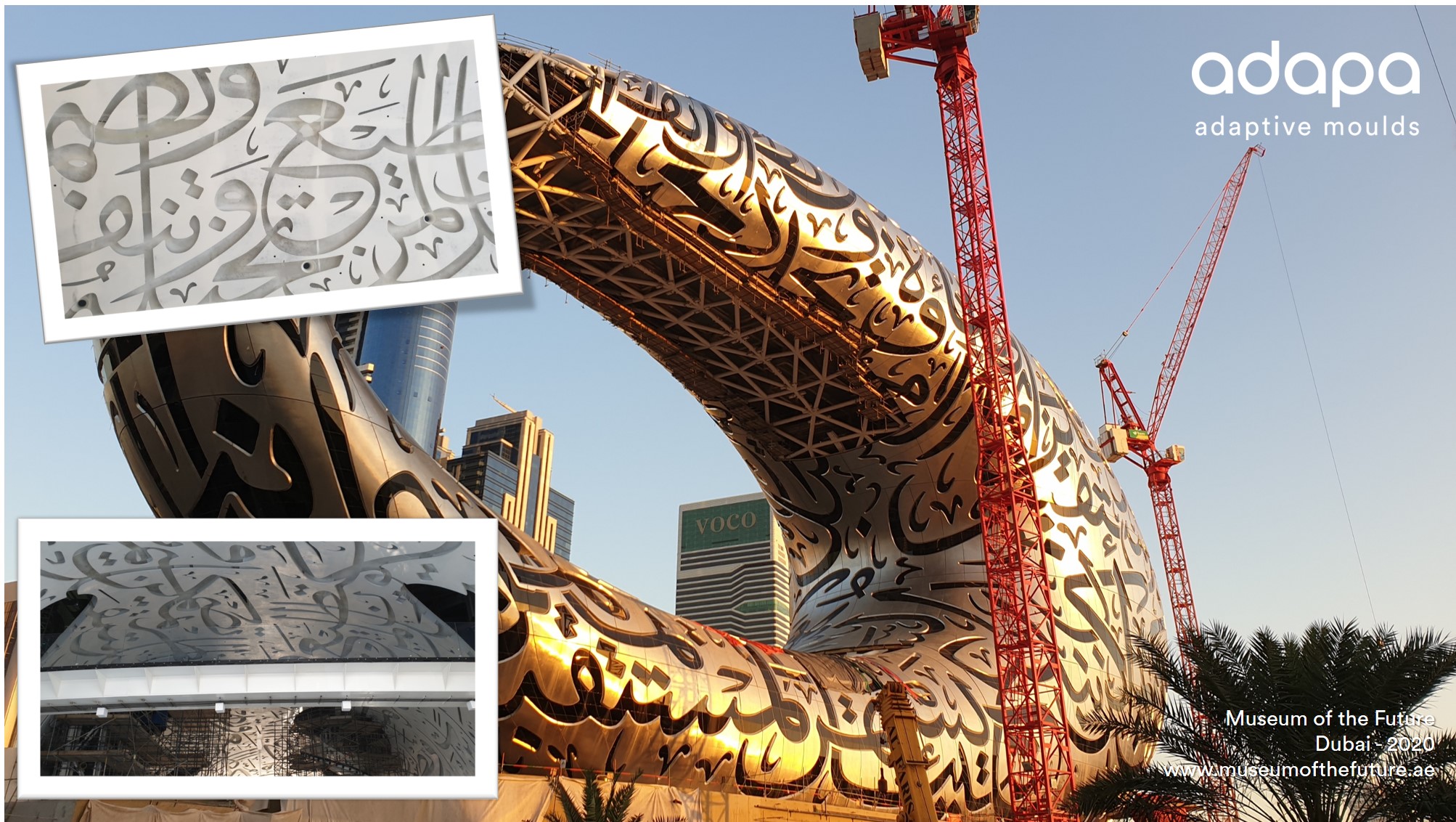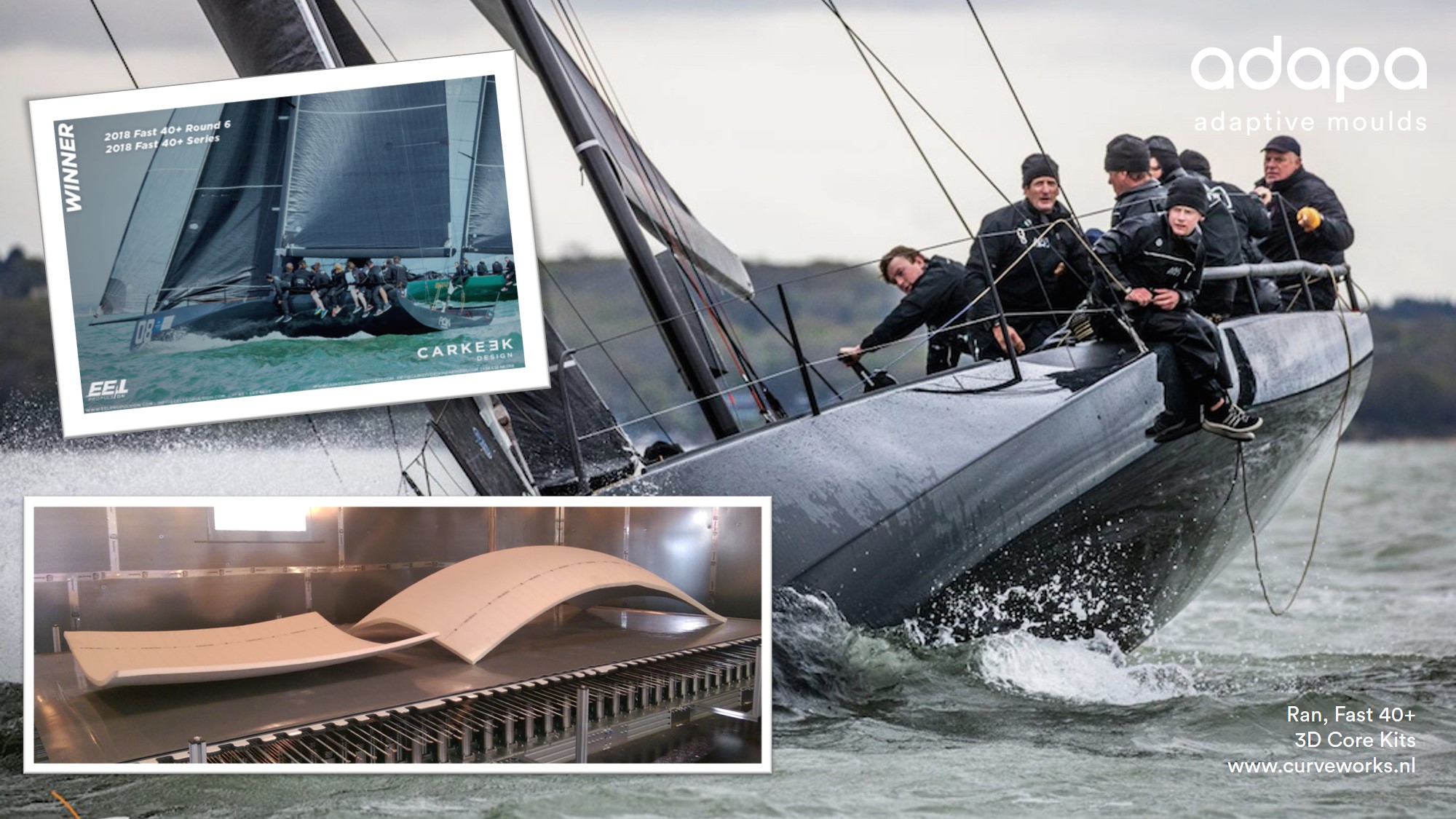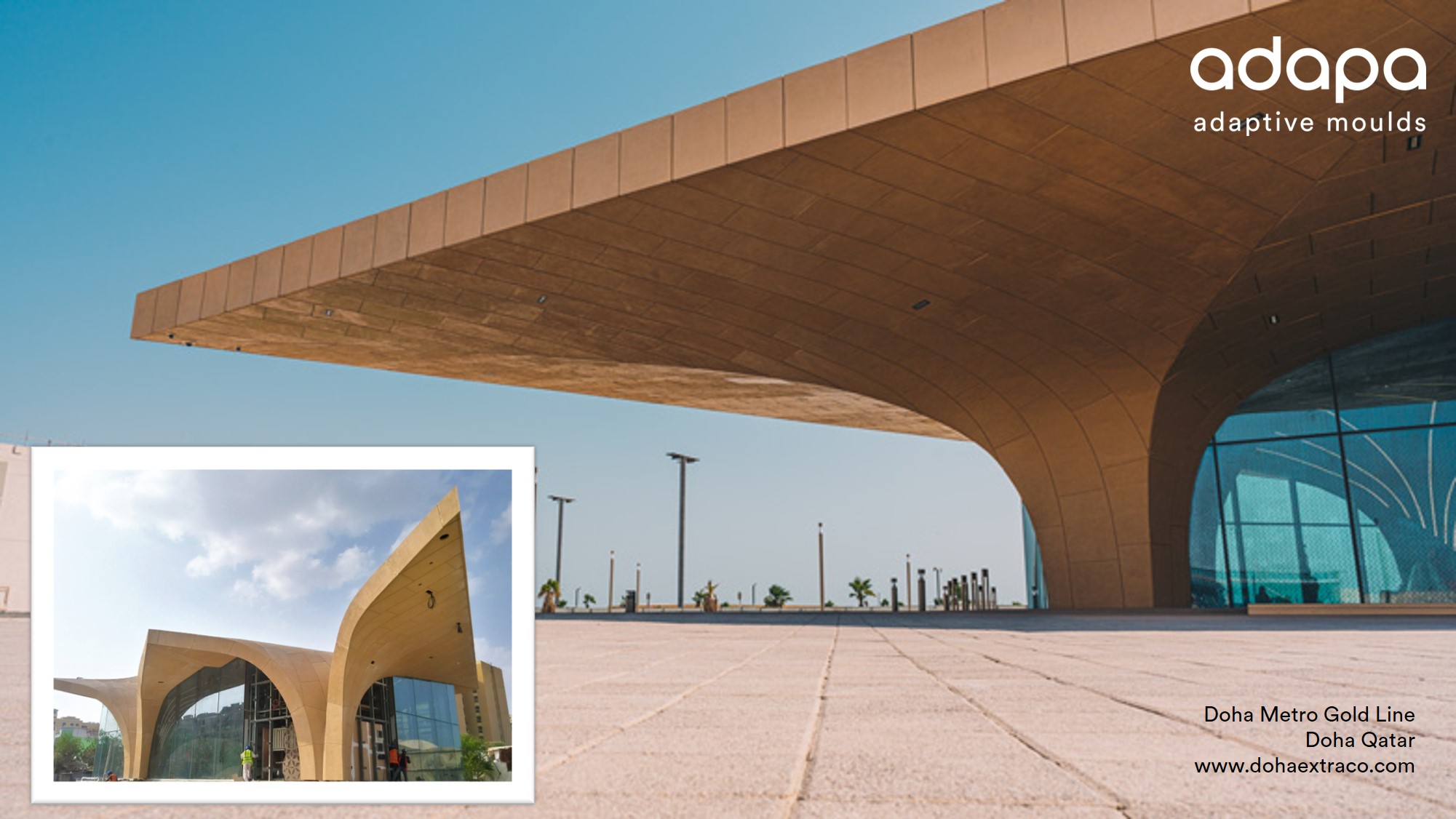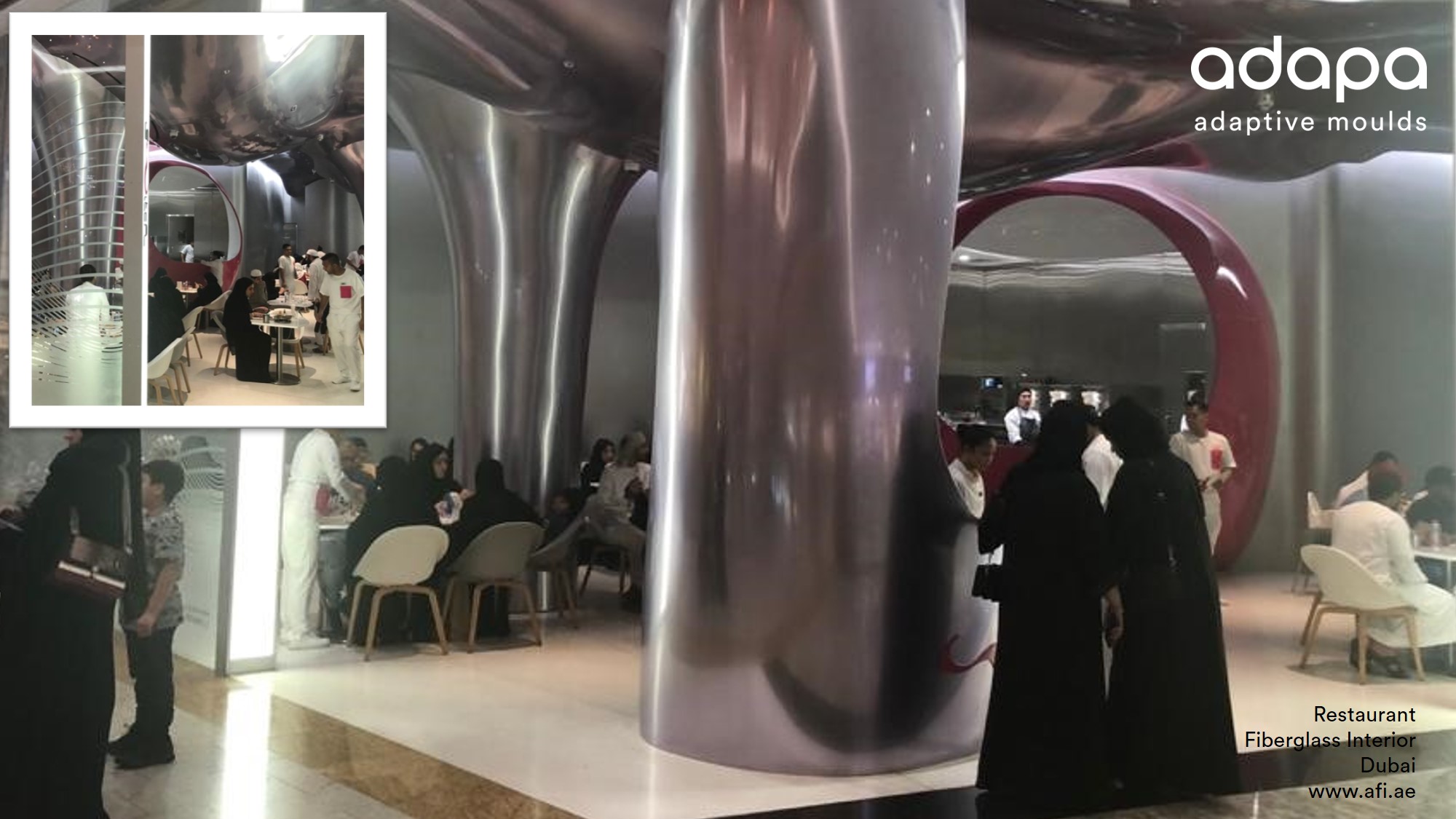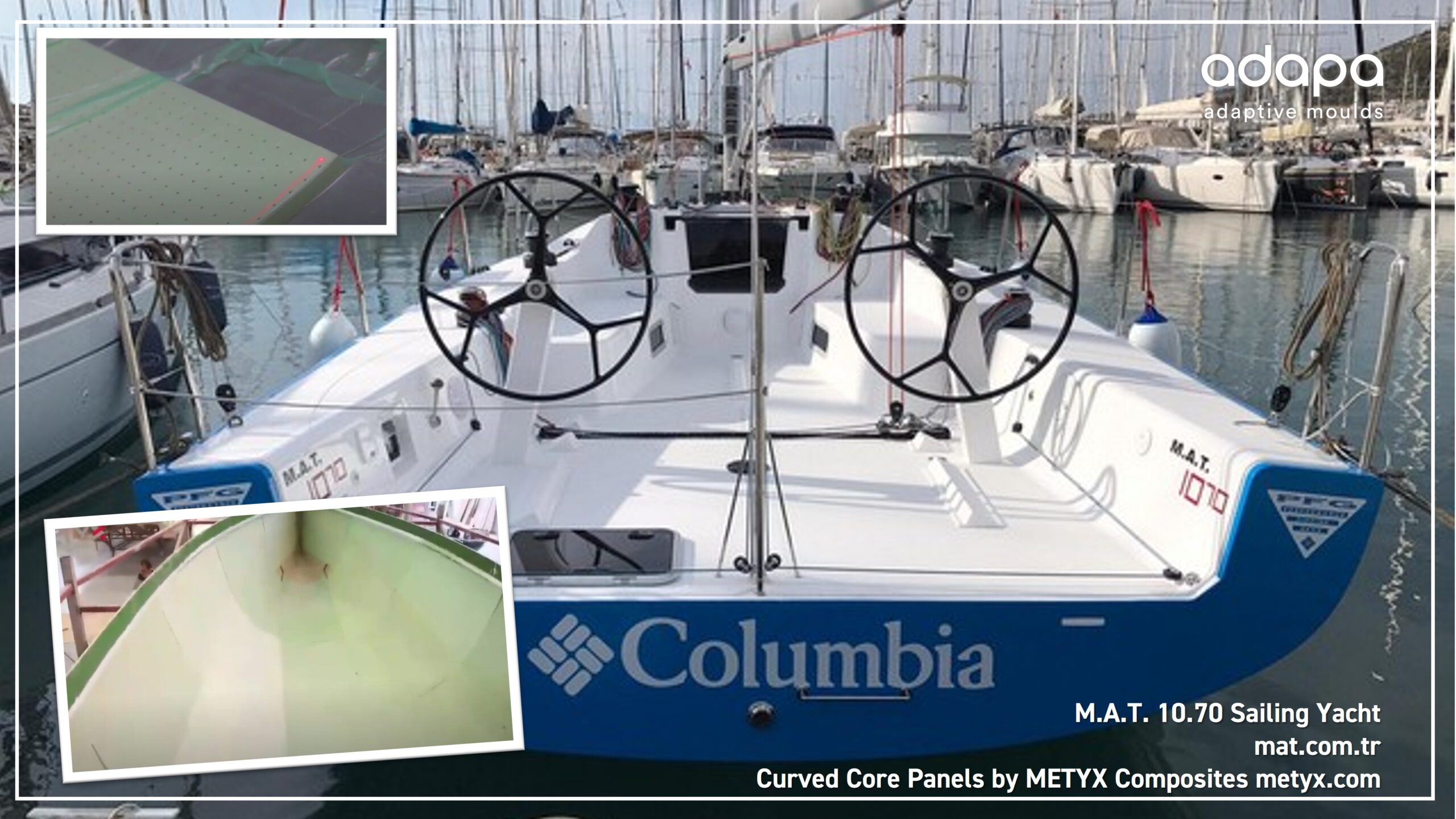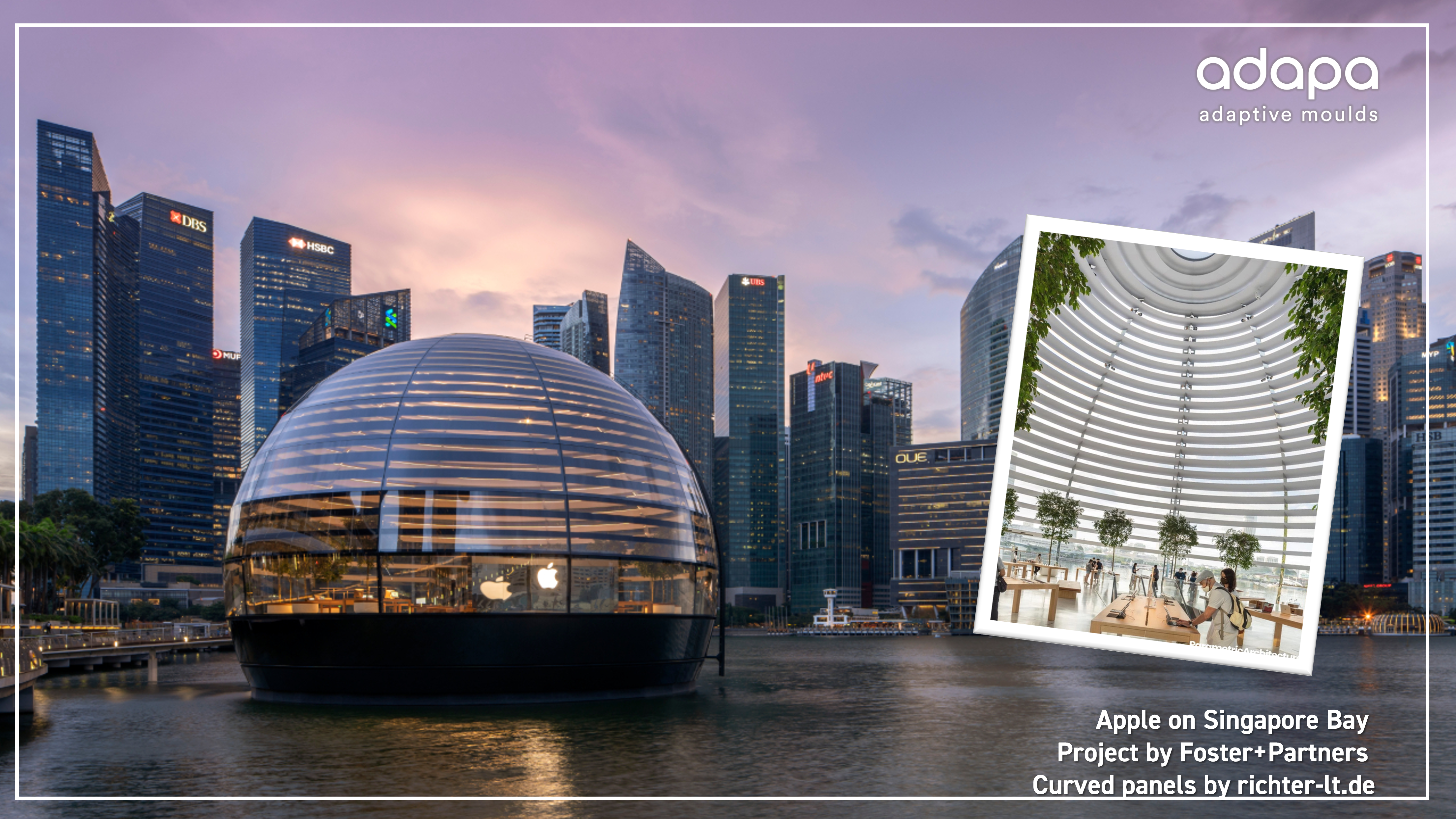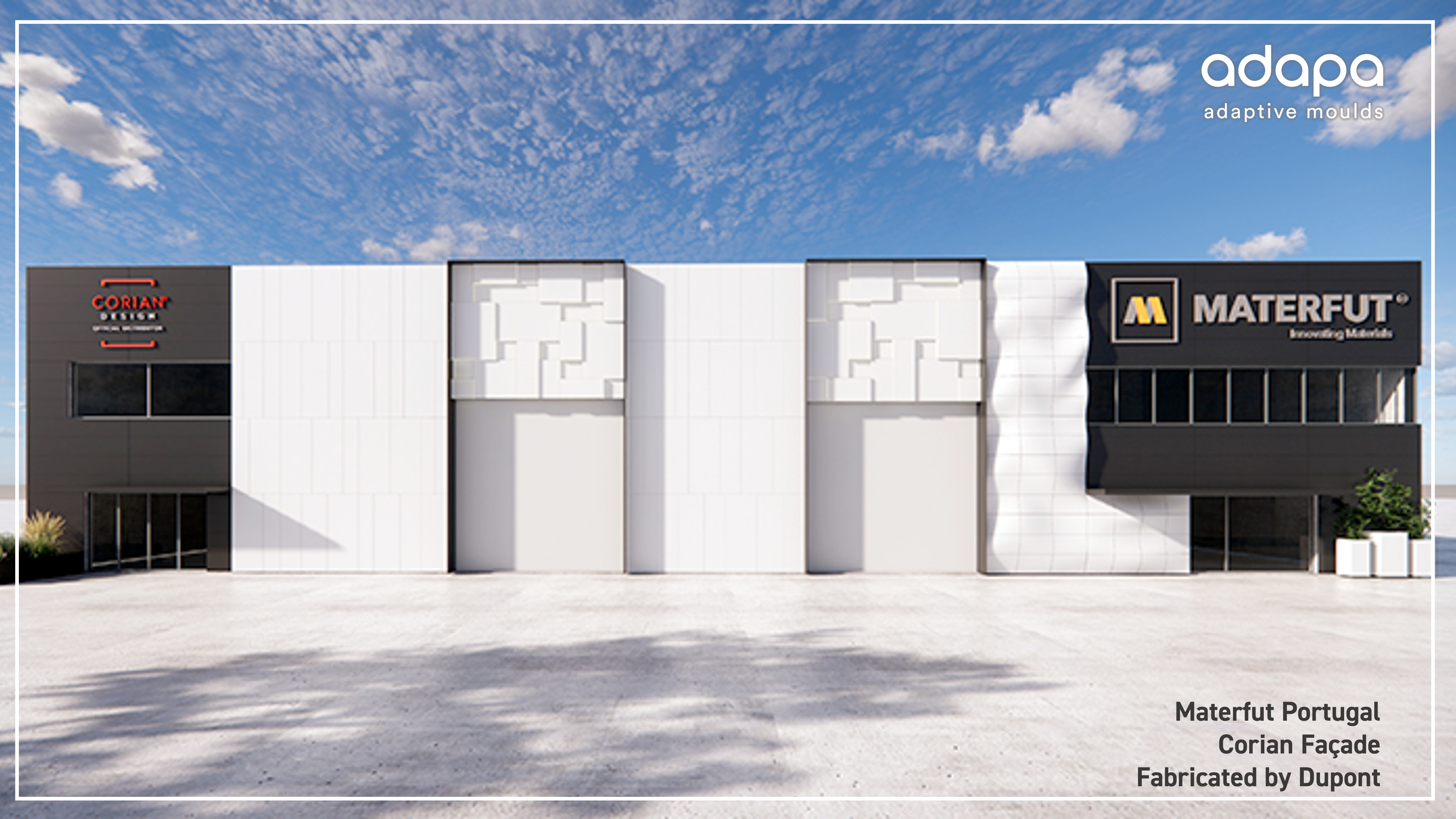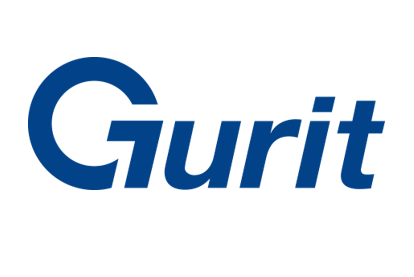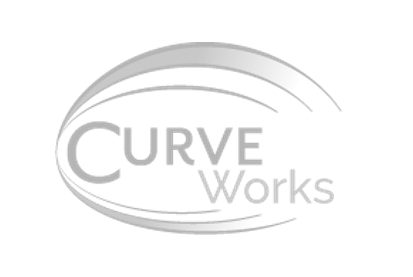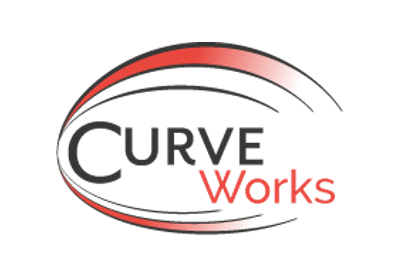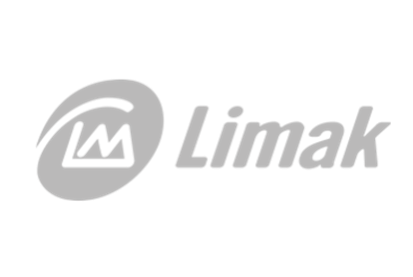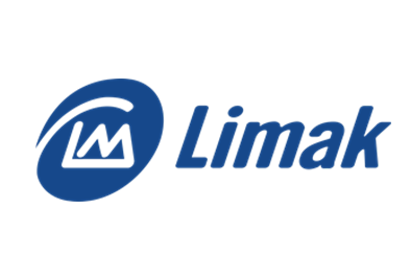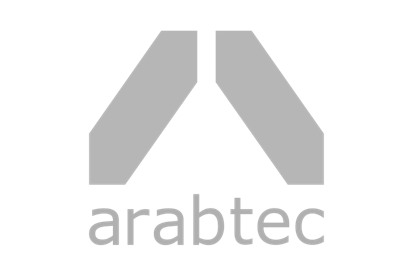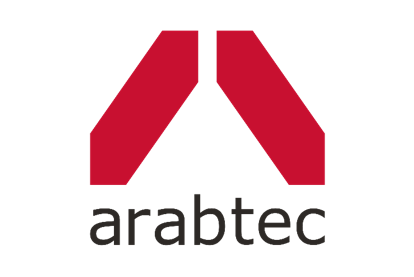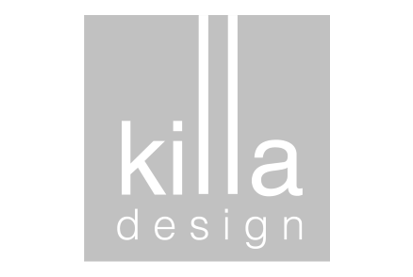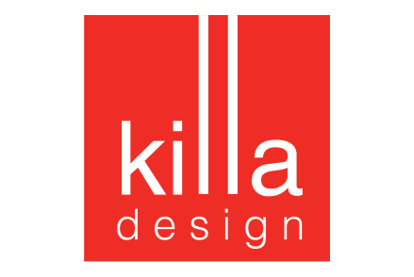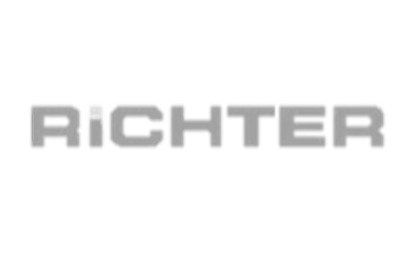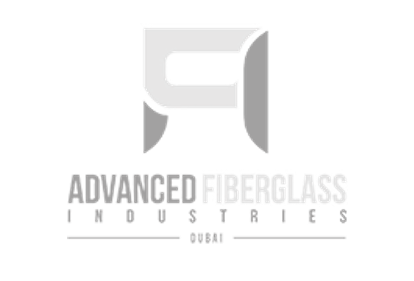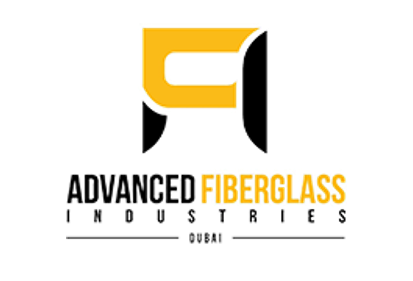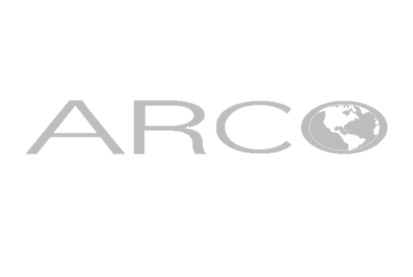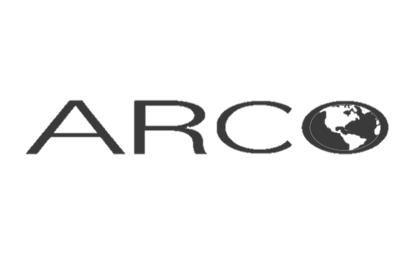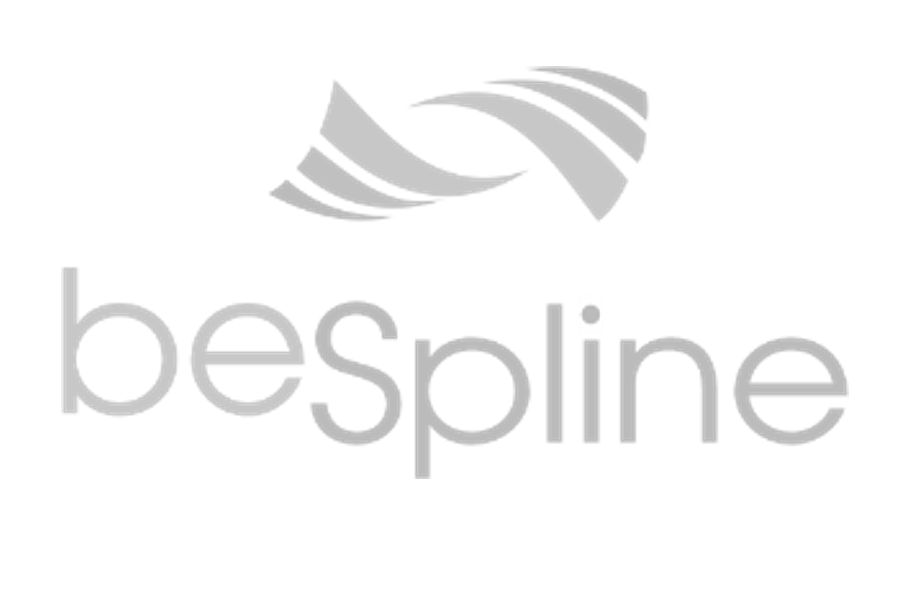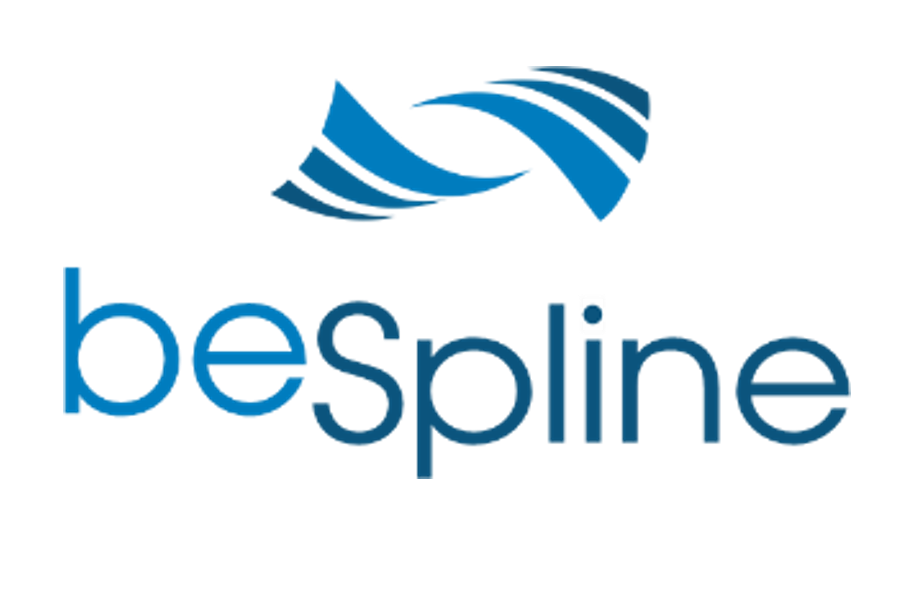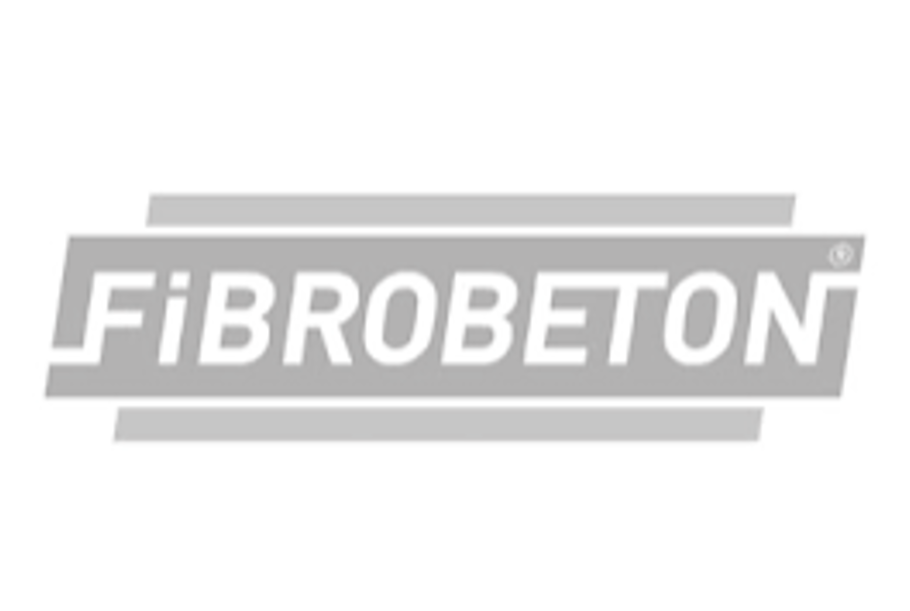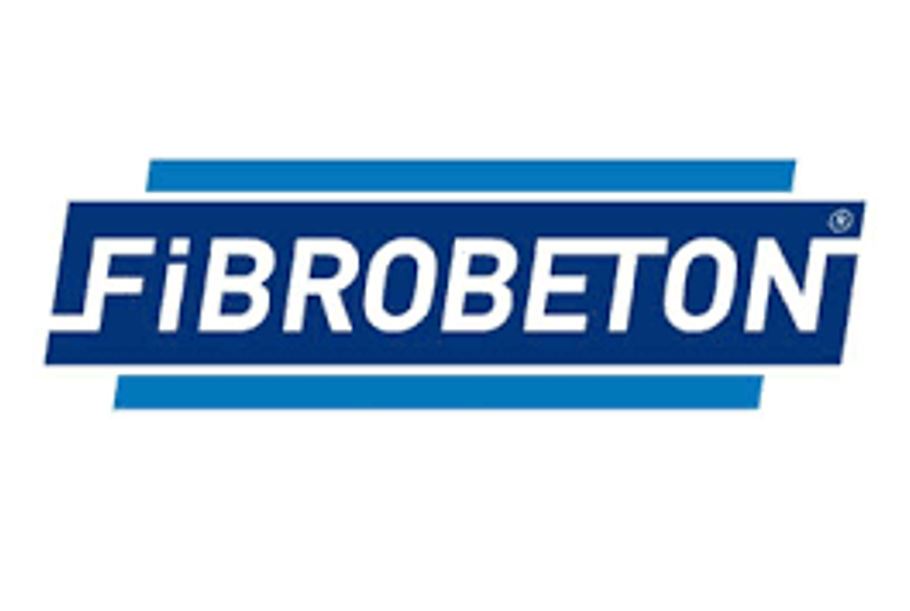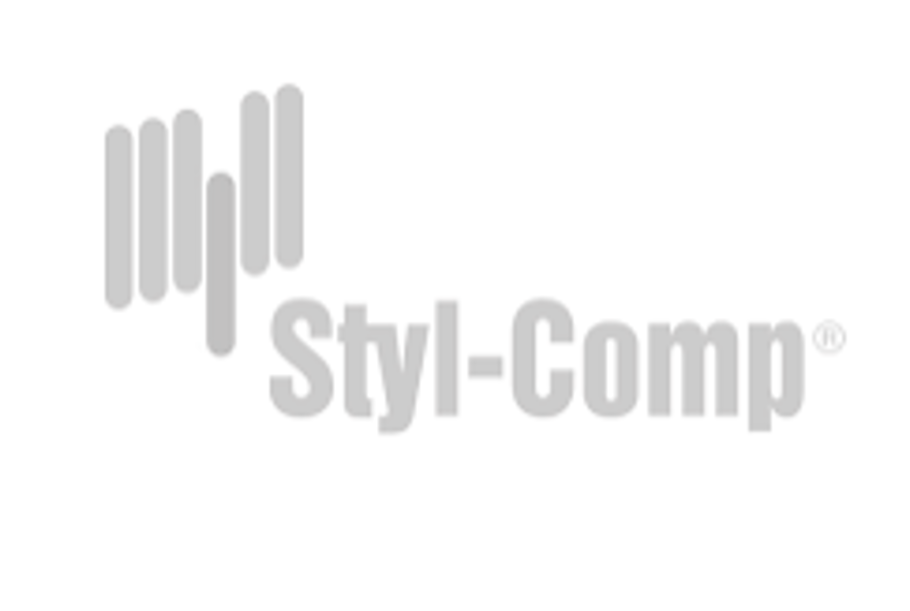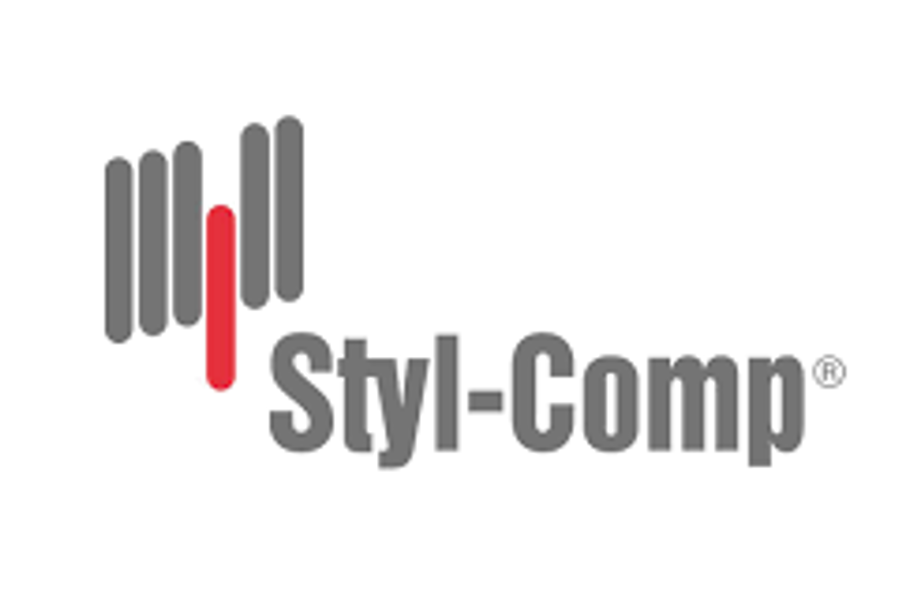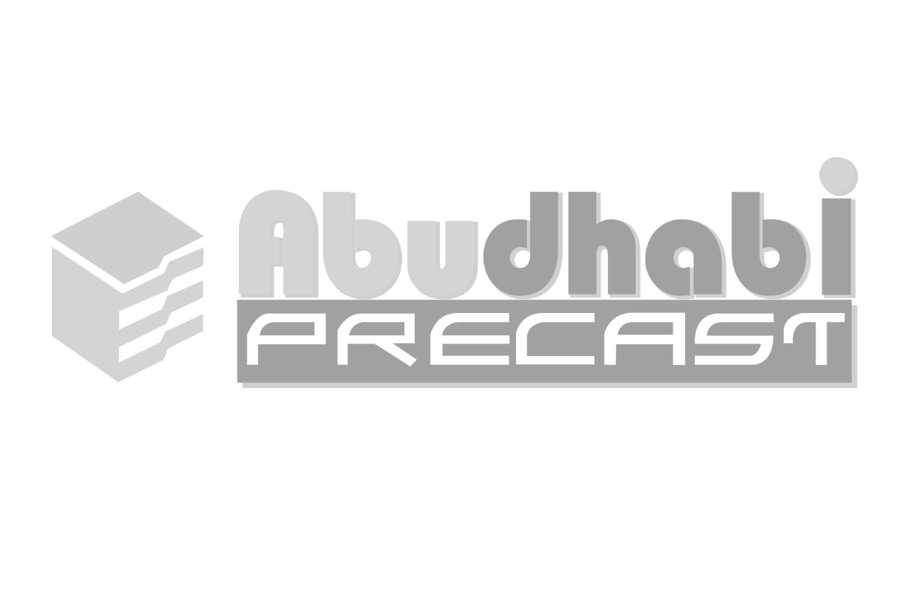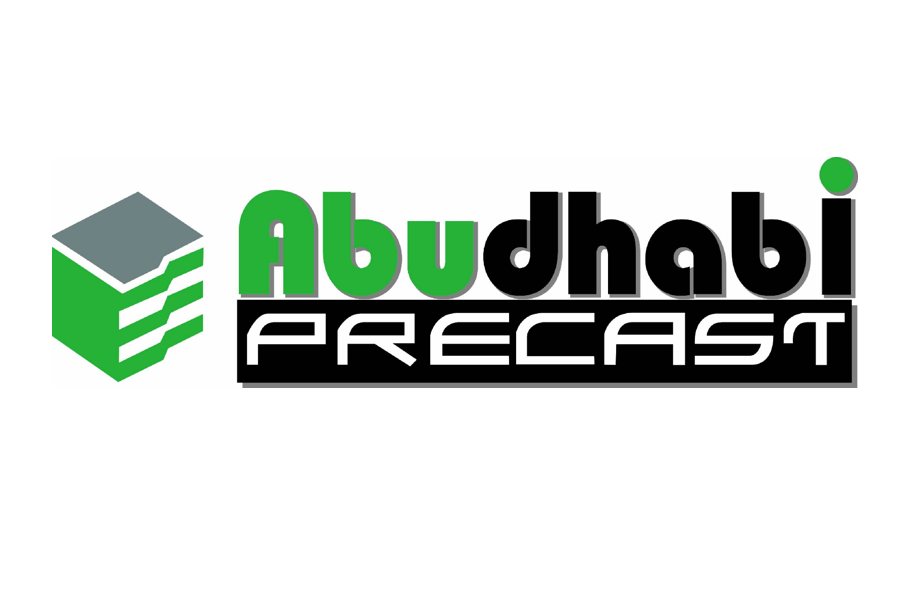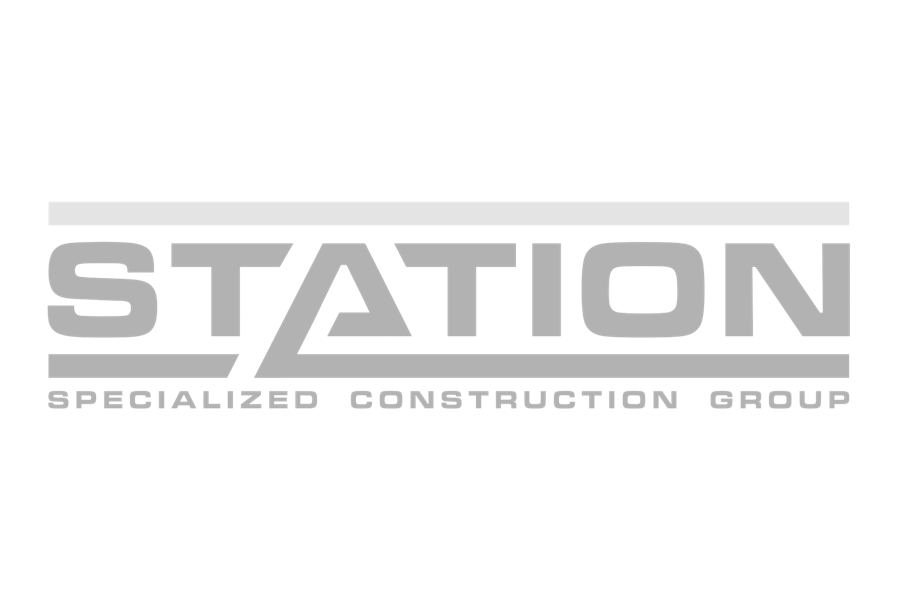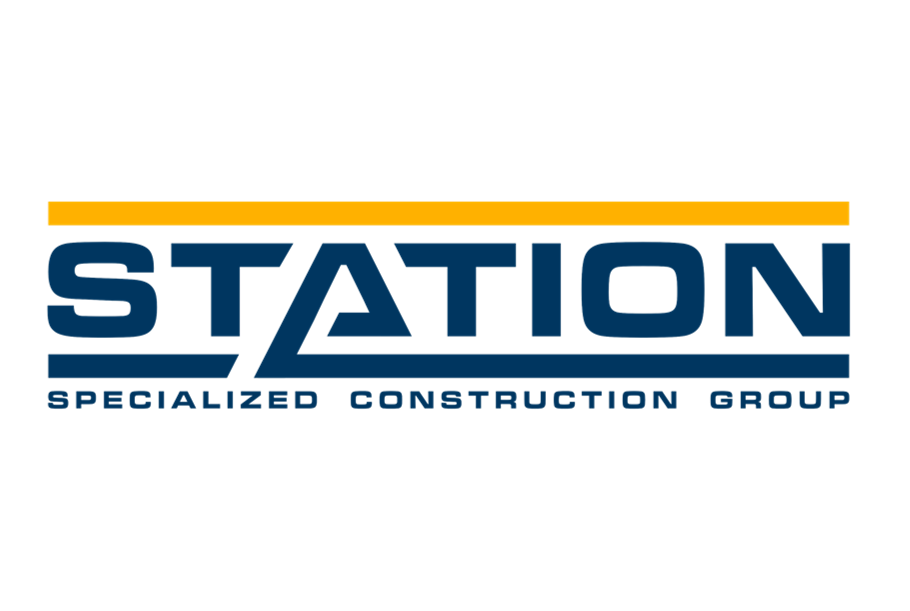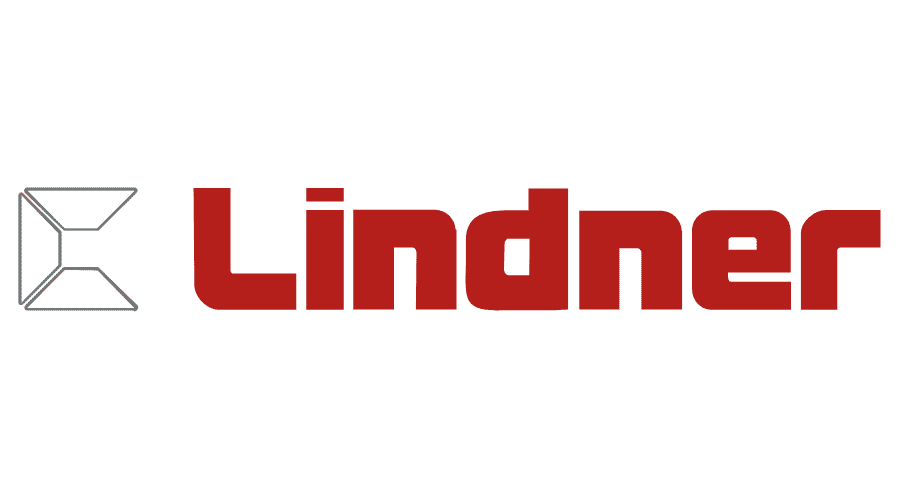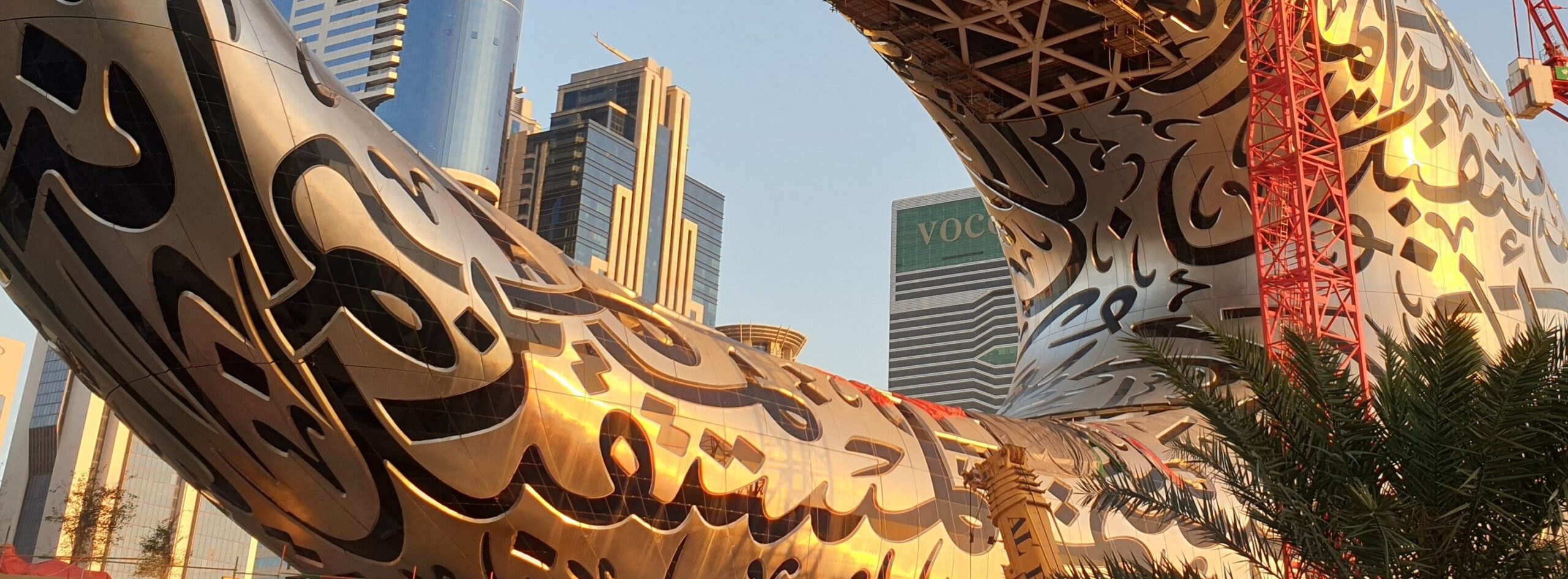
Architecture
Adapa have experience in analyzing 3D CAD drawings and supporting architects and designers in panel optimization related to manufacture on adaptive moulds.
We do this in confidential cooperation to determine the optimal combination of design and adaptive mould type and size, need for collaborating technologies and surface quality.
Manufacture of mockups can be facilitated with reference to relevant manufacturing companies and our offer rental adaptive moulds for manufacture of samples and mock-ups.
Architects and designers can benefit from sustainable manufacture of curved panels at affordable cost with rapid delivery speed, when utilizing the maximum size and the mechanical limitations in creating the curved geometry
Freeform Architecture with curved organic geometries
Historic constrained architecture
Earlier, architects were constrained by the inability to produce curved surfaces, which reflected in their low-complexity, symmetric designs. But somewhere in the last two decades, this changed.
It finally seems like we have been liberated from one-dimensional designs. There are various factors that influenced this change, but the primary aspect has been the introduction of technologies that allow the formation of curved shapes.
With the advent of machines that allowed curved panels to be produced, more architects began introducing free form into their designs. But the challenge does not end there. While single-curved surfaces are easy to produce, it is a different ballgame when it comes to double-curved surfaces.
Sustainable freeform moulding tools
Not only do double-curves pose structural challenges, but they are also extremely expensive to make. Curving techniques like CNC milling help produce the desired curvature, but they are neither operationally efficient, nor are they cost-effective.
Compared to the material value, one-off concrete moulds are quite expensive, demands for a lot of workspace and creates waste and emissions that are unacceptable.
The increase in demand for curved architecture demands for re-configurable technologies, that offer both the ability to create free-form architecture and be re-used to lower cost without damaging the environment.
Adapa cooperate with experts to assist architects in creating uniquely curved panels for architecture and design
Fast
One mould can take multiple shapes, and it can do so within minutes. This means that you have:
Affordable
The Adaptive Mould eliminates the need for manufacturing unique tooling for every panel and because of this you have:
Sustainable
The Adaptive Mould significantly reduces your potential waste of disposable moulds, which means that you have:
The digital toolbox and collaborative technologies
3D drawings, CAD systems and BIM processes are widespread in architecture, planning and construction today. Sharing and cooperating on optimizing the full process support the process for construction of unique and iconic architecture and design.
In the same way, collaborative technologies are knitted together in flexible workflows of reconfigurable technologies pre-set for manufacture of individual designed parts marked with unique id tags. Today we base manufacture on 3D files and go direct from additive manufacture to assembly or on-site construction.
Adaptive mould 3D bounding box
Besides the width, length and height of the casting area of an adaptive mould from Adapa, there are only two limitations to the free form of curved design.
Minimum curvature radius depends on the specific adaptive mould type recommended for the material type, and typically varies from 3500 mm in heavy precast concrete to 400 mm in composites and thermoplastics.
Maximum casting angle is in most cases limited to a 60o angle relative to the adaptive mould zero level.
Adapa’s adaptive moulds fits well into the new generation of manufacture. Just as in 3D printing each adaptive mould have a bounding box size, length, width and height, where curved shapes can be created in 5 minutes based on a 3D file
